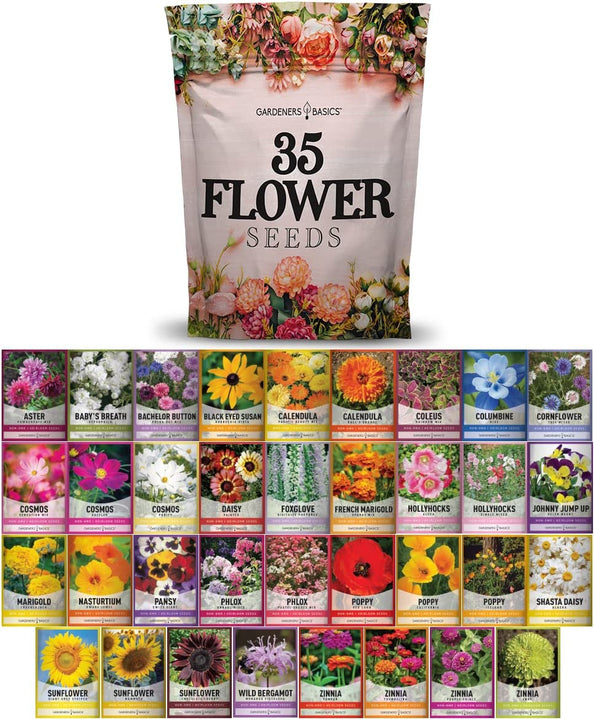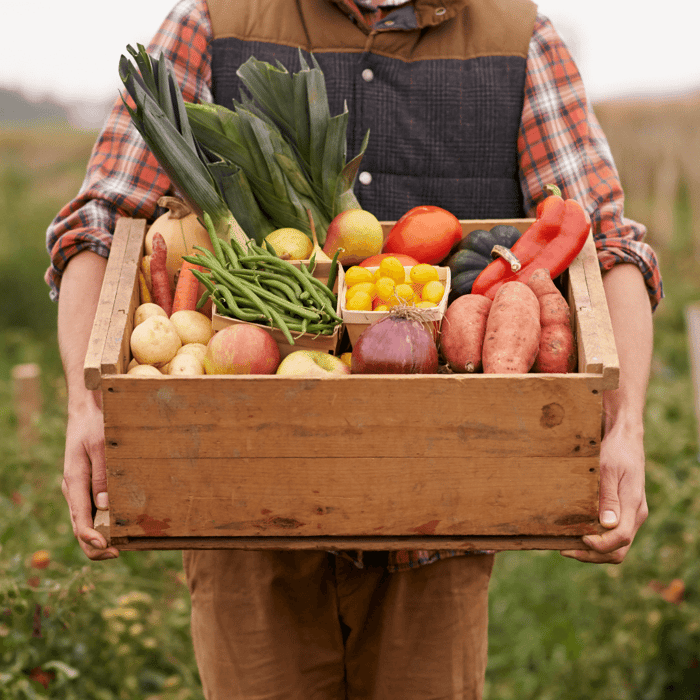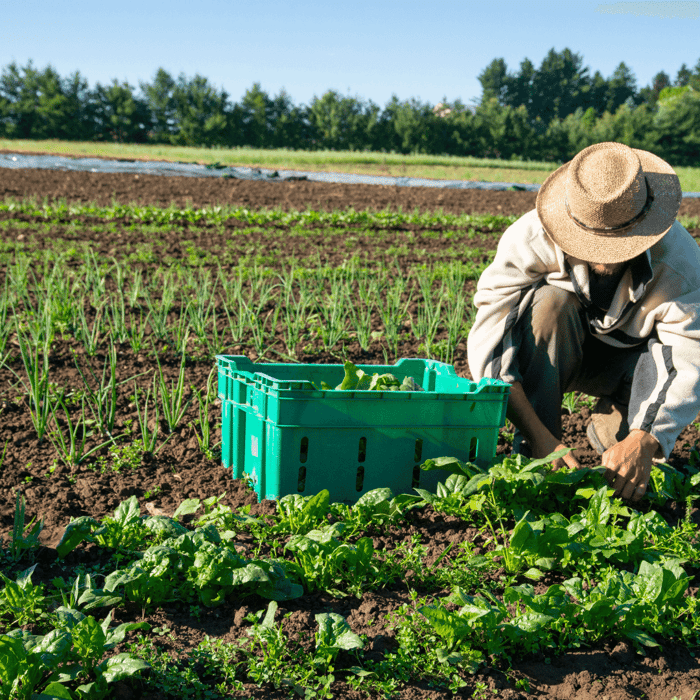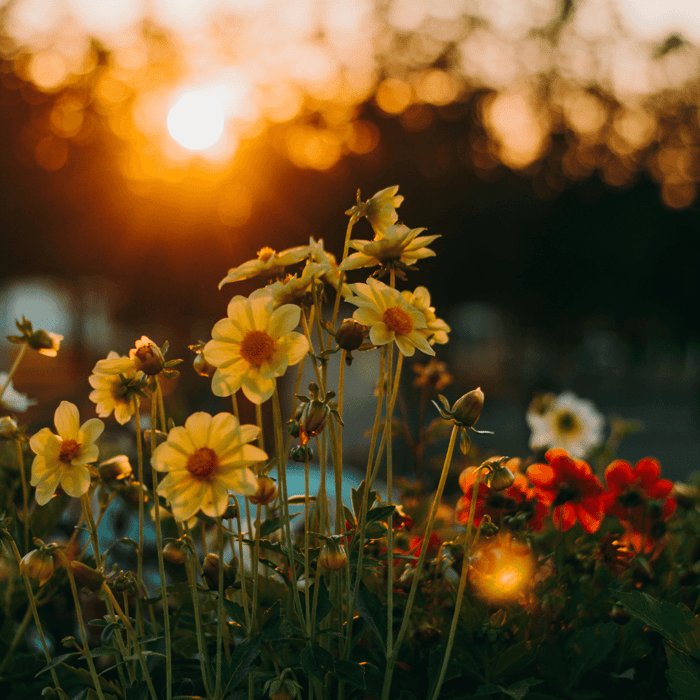Hello fellow gardeners, my name is Jeena, and I am an avid gardener. Today, I will share an in-depth guide on a popular gardening topic: using coffee grounds in your flower garden and are coffee grounds good for flower gardens and plants. As a gardener, I am always looking for ways to improve plant growth, and I found that coffee grounds have numerous benefits for my plants. So, are coffee grounds suitable for flower gardens? Let's find out!
Introduction: The Benefits of Coffee Grounds for Plants
First, let's understand why you should consider adding coffee grounds to the flower garden. Coffee grounds are rich in nutrients, which can benefit plant growth and are a great way to recycle your daily coffee waste. Here are some of the main benefits of using coffee grounds for plants:
- Provides essential nutrients such as nitrogen, potassium, and phosphorus to the soil
- Acts as a slow-release fertilizer, releasing nutrients slowly over time
- Adds organic material to the soil, improving soil structure and drainage
- Attracts beneficial organisms like earthworms and improves worm bin health
- Deters pests like slugs and snails
Wildflower, Perennial, & Annual Flower Seed Kit | 35 Variety Pack

$29.95
$49.95
35 Flower Seeds Variety Pack – Heirloom, Non-Hybrid, Non-GMO, Open-Pollinated – Perfect for Pollinator-Friendly Gardens Transform your garden with our 35 Flower Seeds Variety Pack, offering a stunning and diverse selection of heirloom, non-hybrid, and non-GMO seeds. Each variety in… read more
1. Collecting Coffee Grounds
Before you start using coffee grounds in your garden, you must collect them. Here are some tips to help you gather spent coffee grounds:
- At home: Save your daily coffee grounds by placing them in a container with a lid. Store them in a cool and dry place until you can use them in the garden.
- Coffee shop: Ask your local coffee shop if they can give you their spent coffee grounds. Most shops happily give them away for free or for a small fee.
- Friends and family: Encourage your friends and family to save their coffee grounds for you. Provide a container to collect the grounds and pick them up regularly.
2. Preparing Coffee Grounds for the Garden
Before adding coffee grounds to your garden, you must prepare them properly. Here's what you need to do:
- Drying: Spread the spent coffee grounds on a tray or baking sheet and let them dry. Dried grounds are easier to handle and won't develop mold.
- Mixing with other organic matter: Combine the dried coffee grounds with organic materials like dried leaves, grass clippings, or compost. This will help to balance the nutrients and improve the overall benefits of the coffee grounds.
3. Using Coffee Grounds as a Soil Amendment
One of the best ways to use coffee grounds in your flower garden is by incorporating them into the soil. Here's a step-by-step guide on how to do this:
- Choose the right plants: Coffee grounds are slightly acidic, so they are best suited for acid-loving plants like azaleas, rhododendrons, camellias, and hydrangeas.
- Loosen the soil: Use a garden fork or trowel to loosen the top few inches of soil around the base of the plant.
- Mix coffee grounds with other organic matter: As mentioned earlier, mix the dried coffee grounds with other organic materials like dried leaves or compost.
- Apply the mixture: Sprinkle the coffee ground mixture around the base of the plant, avoiding direct contact with the stem or trunk. Aim for a layer about 1/2 inch thick.
- Water the area: Water the area thoroughly to help the coffee grounds incorporate into the soil.
4. Using Coffee Grounds as Mulch
Another way to put coffee grounds in the garden is by using them as mulch. Follow these steps to apply coffee grounds as mulch:
- **Choose the right plants: As mentioned before, coffee grounds are slightly acidic, so they are best suited for acid-loving plants.
- Prepare the mulch: Mix the dried coffee grounds with organic materials like dried leaves or straw. This will help to balance the nutrients and improve the overall benefits of the coffee grounds.
- Apply the mulch: Spread the coffee ground mixture around the base of the plant, leaving a few inches of gaps around the stem or trunk to prevent rot. Aim for a layer about 1-2 inches thick.
- Water the area: Water the area thoroughly to help the coffee grounds settle and start releasing nutrients.
5. Using Coffee Grounds in Your Compost Pile
Composting coffee grounds is another excellent way to benefit your flower garden. Here's how to add coffee grounds to your compost pile:
- Collect coffee grounds: Gather spent coffee grounds, along with paper coffee filters if you have them.
- Add to the compost pile: Add the coffee grounds and filters to your compost pile or bin, making sure to layer them with other organic materials like dried leaves, grass clippings, or kitchen scraps. This will help maintain a healthy balance of carbon and nitrogen.
- Turn the compost regularly: Turn the compost pile regularly to promote decomposition and even distribution of the coffee grounds.
6. Planting Flower Seeds with Coffee Grounds
You can also use coffee grounds when planting flower seeds. Here's a step-by-step guide on how to do this:
- Choose the right seeds: Opt for flower seeds that prefer slightly acidic soil, like open-pollinated seeds of acid-loving plants.
- Prepare the planting area: Loosen the soil in the planting area and mix in a small amount of compost or organic matter.
- Add coffee grounds: Sprinkle a thin layer of dried coffee grounds over the planting area.
- Sow the seeds: Plant the flower seeds according to the package instructions, covering them with soil.
- Water the area: Water the area gently to help the seeds settle, and the coffee grounds incorporate into the soil.
7. Using Fresh Coffee Grounds in the Garden
While spent coffee grounds are most commonly used in the garden, you can also use fresh coffee grounds sparingly. However, remember that fresh coffee grounds are more acidic and may cause harm to some plants. To use fresh coffee grounds, apply them as a thin layer of mulch around acid-loving plants or mix them into your compost pile.
8. Precautions and Potential Drawbacks
While coffee grounds can be beneficial for your flower garden, it's essential to be aware of some potential drawbacks:
- Overuse: Too much coffee grounds can lead to nitrogen toxicity, stunted growth, or root burn. Always mix coffee grounds with other organic matter and use them sparingly.
- Fresh coffee grounds: As mentioned earlier, fresh coffee grounds are more acidic and can harm some plants. Use them carefully and in moderation.
- Allelopathic effects: Coffee grounds contain compounds that can inhibit the growth of certain plants, especially seedlings and young plants. Avoid using coffee grounds around these plants.
In conclusion, using coffee grounds in your flower garden can be an eco-friendly way to improve plant growth and soil health and deter pests. Follow the guidelines and precautions outlined in this article to ensure you're using coffee grounds effectively and responsibly in your garden. Happy gardening!







